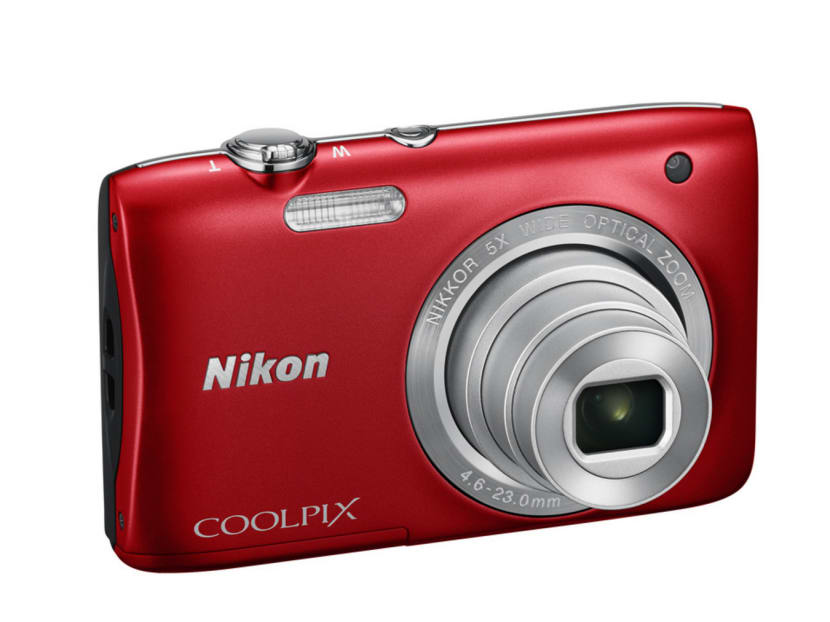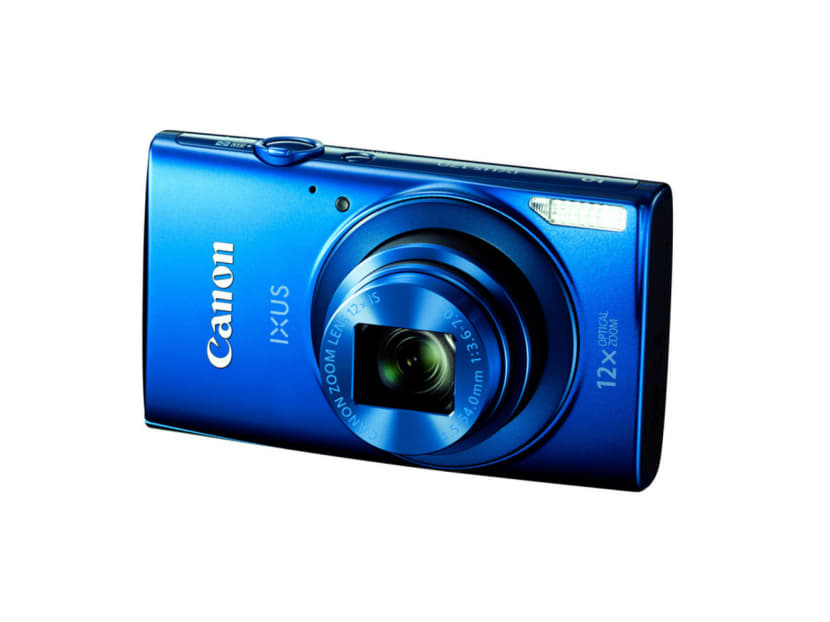A battle of two compact digital cameras
SINGAPORE — There are cameras that make your photographs and there are those that allow you to make photographs. Point-and-shoot cameras Nikon Coolpix S2900 and Canon Ixus 170 belong to the former. Both are in the entry-level range of point-and-shoots and were launched in January two weeks apart. So, if you are planning to get a point-and-shoot, which should it be?


SINGAPORE — There are cameras that make your photographs and there are those that allow you to make photographs. Point-and-shoot cameras Nikon Coolpix S2900 and Canon Ixus 170 belong to the former. Both are in the entry-level range of point-and-shoots and were launched in January two weeks apart. So, if you are planning to get a point-and-shoot, which should it be?
Going by technical specifications, the Coolpix S2900 has an edge in several aspects.
Under the new Coolpix’s svelte shell is a 20.1-megapixel CCD sensor, a negligible bit higher in resolution than the Ixus’ 20 megapixels. The Coolpix also has a maximum sensitivity of ISO 3200, a step above the Ixus’ ISO 1600. At 119g, the Coolpix is lighter than the latter (141g).
However, Ixus’ 12x optical zoom lens (with a focal length of 25-300mm) dwarfs Coolpix’s 5x optical zoom lens (with a focal length of 26-130mm).
But, how do these cameras perform in daily use? We put them to the test and found the results to be mixed.
If you are looking for speed, the Ixus 170 seems to be better.
The Coolpix S2900’s shutter is its biggest problem. It is sluggish in response, probably due to its scene auto-selector feature, which automatically picks the most appropriate mode from among 15 options in every shot. At times, the screen blacks out when the shutter is pressed and it is uncertain if a shot has been taken.
There was a noticeable lag in the response time for the Coolpix. Photography site ePHOTOzine reported that the combined time for the Coolpix’s scene select, focus and shutter response is 1.2 seconds. In comparison, the Ixus is three times faster, with a 0.4 second response time.
To take a second shot after the first, Coolpix took about five seconds, while the Ixus took about one second. Also, at close to three seconds, the Coolpix took more time to switch on and take a shot; the Ixus needed less than two seconds.
The Coolpix’s automated flash trigger limited its use. When shooting a subject indoors, there was a 50-50 chance of triggering the flash even though shooting conditions were unchanged. However, the Coolpix’s flash came out more even, which made images look warmer and more natural than the Ixus’. With a flash that is skewed to the left, the Ixus produced images that were uneven in brightness.
In terms of colour, the Coolpix flattered the skin more, recording a wider range of warm tones, while the Ixus tended to blow up the highlights at relatively brighter spots. Nature shots taken with the Ixus were more vivid and vibrant. Those taken with the Coolpix lacked lustre.
Under moderate to low light settings, the Coolpix produced noticeably less noise, but photos tended to turn out blur. With the Coolpix’s persistent camera shake, the Ixus’ image stabilisation feature gives Canon an edge.
Considering these factors, the Ixus 170 is a better camera, simply because it produces more usable photographs.
The charm of a point-and-shoot is that it allows you to blindly produce well-exposed images. But on the flip side, it imposes its views on you: The auto-focus feature finds its targets and the auto-flash triggers on its own whims.
Since we are relinquishing control over how our photos turn out, we wish these cameras have better intuition. Otherwise, a good smartphone camera may be all you need.
The Coolpix S2900 retails at S$179 at authorised Nikon dealers and comes in four colours — purple, black, silver, and red. The Ixus 170 is sold at S$199 at authorised Canon dealers and is available in three colours — black, silver and blue.







